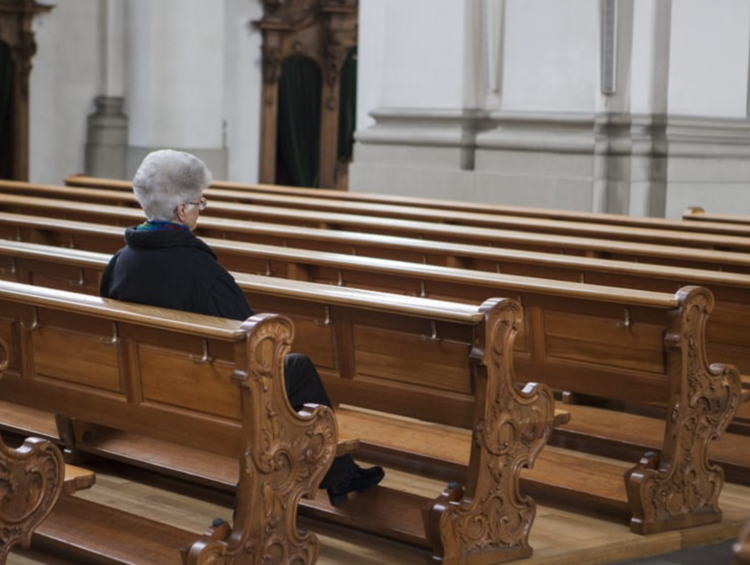To Anna Salton Eisen and her son, Aaron Eisen, International Holocaust Remembrance Day was personal.
George and Ruth Salton — Anna’s parents and Aaron’s grandparents — survived the Holocaust.
But many of the Eisens’ family members did not.
The United Nations Holocaust Memorial Museum notes that in 2005:
The United Nations General Assembly designated January 27 — the anniversary of the liberation of Auschwitz-Birkenau — as International Holocaust Remembrance Day.
On this annual day of commemoration, the UN urges every member state to honor the six million Jewish victims of the Holocaust and millions of other victims of Nazism and to develop educational programs to help prevent future genocides.
Last week, the U.N. General Assembly passed a resolution condemning Holocaust denial and “urging all nations and social media companies ‘to take active measures to combat antisemitism and Holocaust denial or distortion,’” The Associated Press’ Edith M. Lederer reports.
The new resolution sends a strong message, Aaron Eisen said Thursday in an online panel discussion hosted by ReligionUnplugged.com.
“This resolution had a lot of the same language as the resolution in 2005 about Holocaust Remembrance Day — that we need to combat Holocaust denial, teach the Holocaust to future generations to prevent genocide and also commend those places where the Nazi concentration camps have been preserved,” Aaron said.
“It's very important for the future generations to get this education — in the museums, at the camps, through the Arolsen Archives,” he added. “It's a very important day for our family and for all civilization to really take these lessons to heart.”
Anna Eisen, a founding member of Congregation Beth Israel in Colleyville, Texas, where the rabbi and three others were taken hostage recently, echoed her son.










